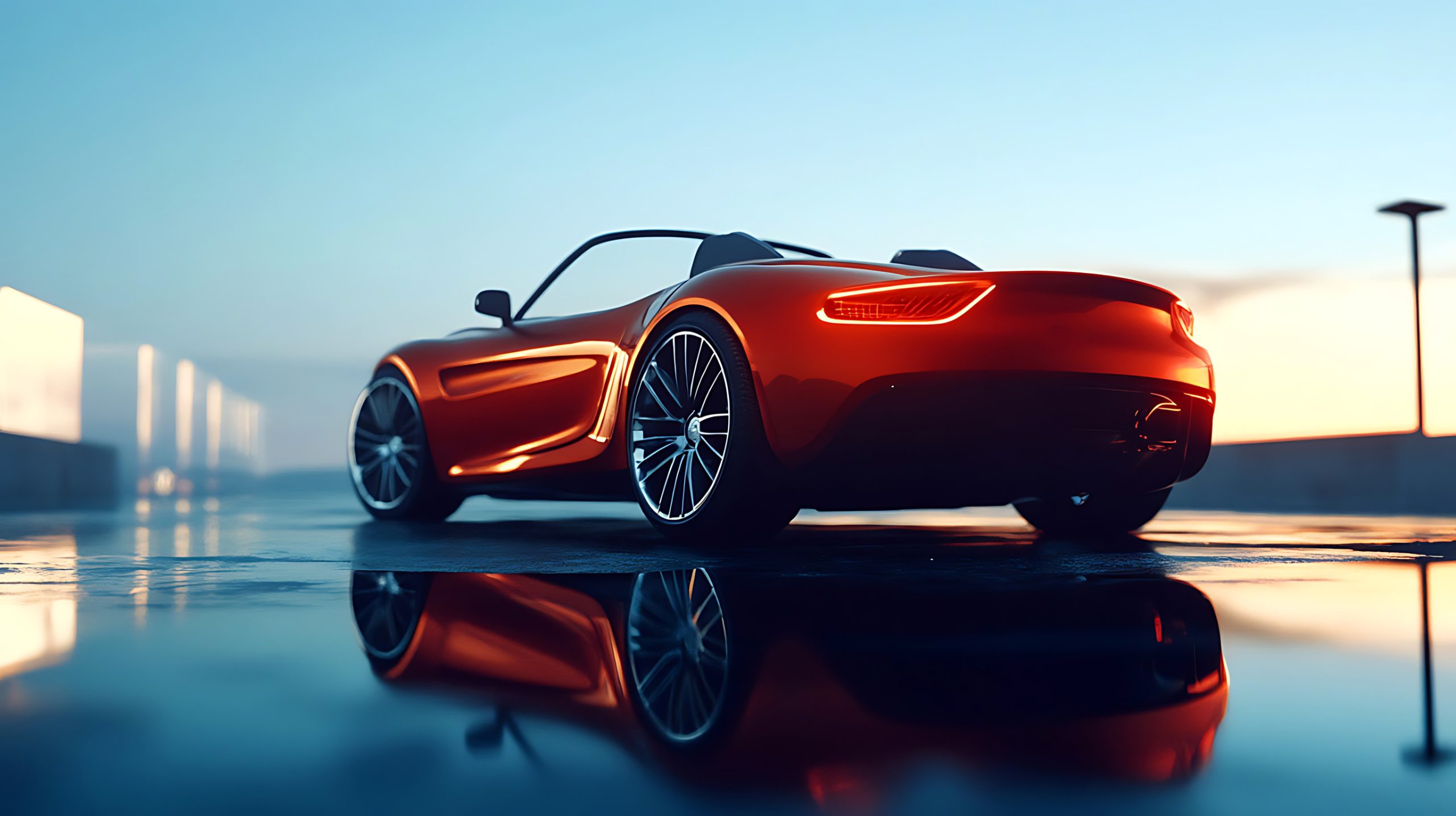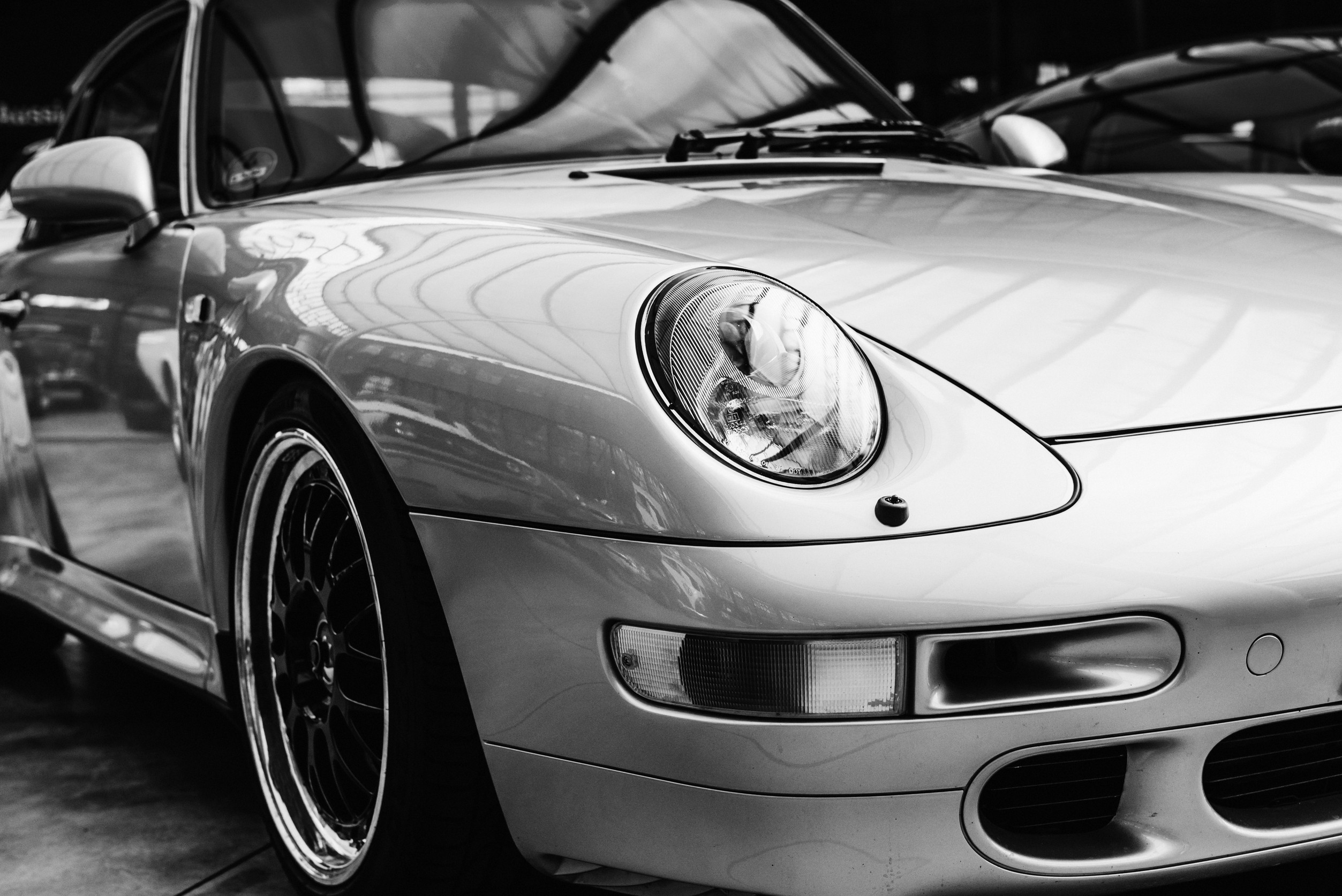It’s easy to dream big when it comes to cars. Sleek lines, roaring engines, and luxury badges have a way of clouding even the most sensible mind. But for most people making under $100K a year, some cars are simply financial black holes disguised as status symbols.
Between maintenance, insurance, and depreciation, the costs stack up faster than you can say “monthly payment.” There are at least six cars that, while tempting, just aren’t built for budgets under six figures.
When you are making good money, you want to keep it. That means you need to be extra smart when you are purchasing the new car that you’ll be driving around town.
BMW 7 Series
The BMW 7 Series is the kind of car that whispers “I’ve made it” the moment you pull up anywhere. But underneath that beautiful exterior lies a machine that bleeds money, especially once the warranty expires. Repairs and maintenance for a 7 Series often cost more than some people’s monthly rent. Even basic services like oil changes or brake jobs come with a luxury tax, simply because of the brand. Unless you’re earning well over $100K, owning one is like putting a leaky faucet in your bank account.
Land Rover Range Rover
Range Rovers have long been a symbol of luxury and power, but they’re also notorious for mechanical issues. Even new models seem to find their way back to the dealership far more often than they should. Parts and labor for repairs are expensive, and extended warranties don’t always cover the surprise costs that pop up. Insurance is sky-high, especially given the high theft rates and repair bills. If your salary hasn’t crossed six figures, this beautiful beast is more likely to sink you than uplift you.
Maserati Ghibli
The Maserati Ghibli offers an intoxicating mix of Italian flair and aggressive performance, but the ownership experience can be nightmarish. Beyond the steep purchase price, reliability issues tend to haunt these cars once they leave the showroom floor. Parts are rare and costly, often requiring long waits and specialized service. The depreciation is brutal, meaning you’ll lose massive value within just a few years. It’s a car that demands a lifestyle—and an income—that can absorb its bad habits without blinking.
Porsche Cayenne
Porsche’s Cayenne is a masterclass in blending performance and practicality, but don’t let its SUV shell fool you. The cost of ownership, from premium fuel to specialist servicing, quickly adds up to an eye-watering number. Even routine maintenance appointments can leave your wallet significantly lighter. And while it might be easier to finance thanks to strong resale values, the long-term upkeep demands a budget that’s well-cushioned. If you’re making under $100K, it’s a risky move that can squeeze your finances dry.
Audi A8
The Audi A8 is a rolling executive suite, packed with cutting-edge tech and luxurious materials that practically cocoon you in comfort. But once the warranty fades, maintaining all that sophistication becomes an expensive proposition. Complex electronics, air suspension systems, and intricate engines are just waiting to rack up repair bills. Insurance costs aren’t forgiving either, given the high value and expensive parts. For anyone not already sitting atop a substantial salary, the A8 is a silent budget killer.
Mercedes-Benz S-Class
The Mercedes-Benz S-Class represents the pinnacle of automotive luxury, where every detail is obsessively crafted for maximum opulence. However, the S-Class is packed with so much technology and complexity that owning one without a financial safety net is borderline reckless. Parts and repairs are extremely pricey, and you’ll pay dearly to keep all those luxury systems running smoothly. Depreciation hits hard too, meaning you could easily lose tens of thousands in just a few short years. If your income isn’t comfortably past $100K, the S-Class should stay a dream, not a reality.
Don’t Overspend And Sell Off Your Future
Owning a luxury or high-performance car can feel like the ultimate reward, but it’s important to match your dreams with your financial reality. Cars like the ones listed above demand more than just a hefty down payment—they require a steady, substantial income to keep them running without wreaking havoc on your life. If you’re not careful, you could find yourself working harder just to pay off something that should have brought you joy. Financial stability always trumps fleeting excitement, especially when it comes to high-maintenance cars.
What do you think—are there any cars you would add to this list? Drop your thoughts and comments below.
Read More
Here’s The Difference In Car Performance When You Use Non Ethanol Gas
Buying A Used Car Is No Longer A Good Deal-Do This Instead


